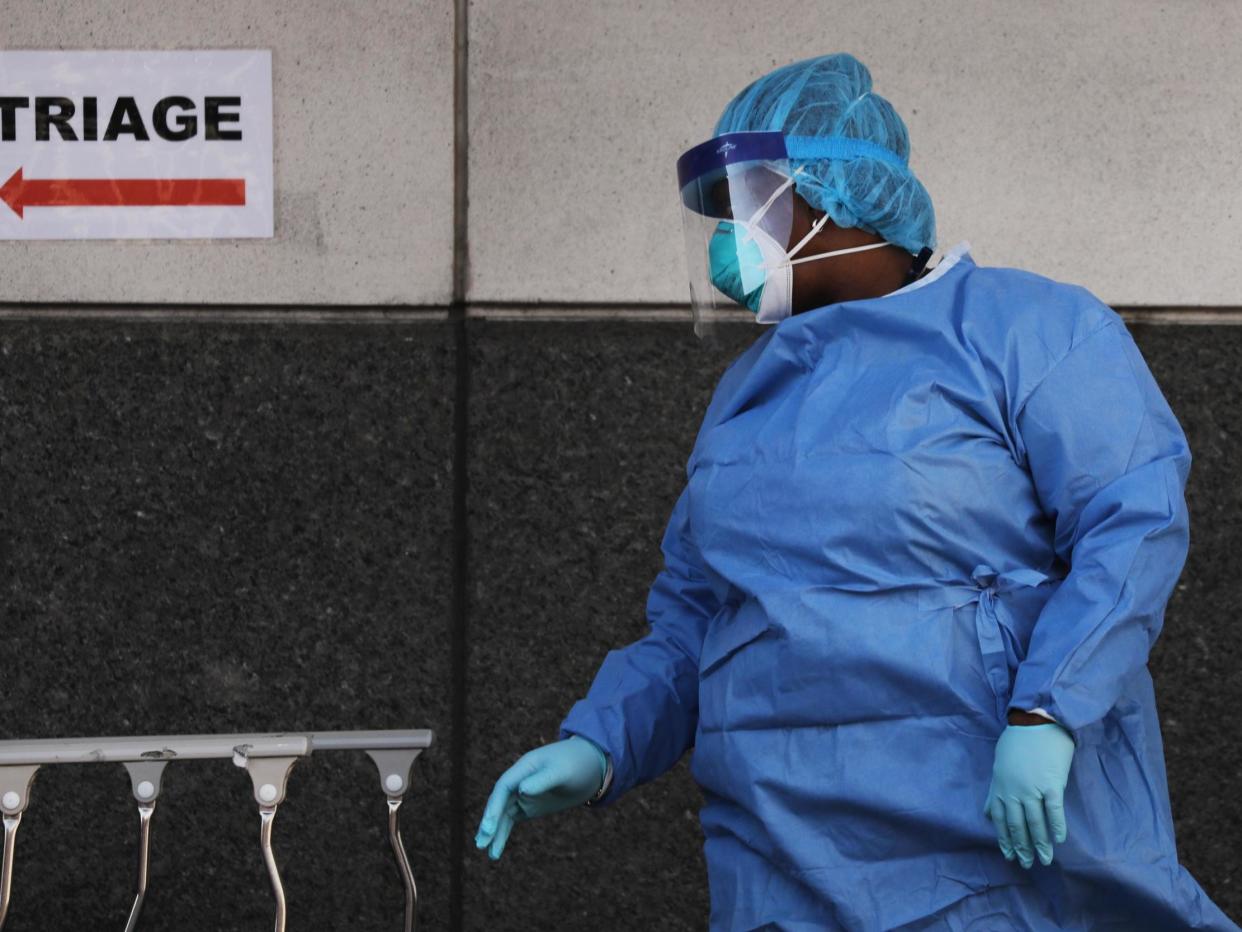Coronavirus: CDC study suggests Covid-19 could live on bottom of shoes

New research has suggested that coronavirus can live on the soles of shoes and consequently could be being transported around hospitals by medical staff.
The study, published by the Centres for Disease Control and Prevention, noted that half of the samples from the soles of medical staff in the Intensive Care Unit (ICU) a hospital in Wuhan, China, tested positive for Sars-CoV-2, the virus strain that causes coronavirus disease.
Researchers suggested that as a result, the soles of medical staff shoes might function as carriers of the disease.
“In addition, as medical staff walk around the ward, the virus can be tracked all over the floor, as indicated by the 100% rate of positivity from the floor in the pharmacy, where there were no patients,” researchers wrote.
In the study, which was conducted from the 19 Feburary to 2 March this year, it was also discovered that the “[v]irus was widely distributed on floors, computer mice, trash cans and sickbed handrails.”
“Knowing the extent of environmental contamination of Sars-CoV-2 in Covid-19 wards is critical for improving safety practices for medical staff and answering questions about Sars-CoV-2 transmission among the public,” the report said.
We highly recommend that persons disinfect shoe soles before walking out of wards containing Covid-19 patients,” they concluded.
Last month, a study published in The New England Journal of Medicine suggested that the novel coronavirus can survive on certain surfaces, such as plastic and steel, for up to three days.
In the US officials have advised that individuals should remain at least six feet away from one another to prevent the spread of the virus and undertake stringent hygiene and hand washing measures.
The new research warned that coronavirus could be detected in the air up to 13 feet from patients and suggested the maximum transmission distance of Sarts-CoV-2 might be up to four metres.
Researchers noted that the study had 2 limitations. “First, the results of the nucleic acid test do not indicate the amount of viable virus. Second, for the unknown minimal infectious dose, the aerosol transmission distance cannot be strictly determined.”
They also noted that the issue of whether coronavirus can be transmitted by aerosols remains controversial, and the exposure risk for close contacts has not been systematically evaluated.
More than 1.87m coronavirus cases have been confirmed worldwide as of Monday. More than 550,000 cases have been diagnosed in the US, which now has the most confirmed cases of the disease in the world.
Read more
How to help the elderly and vulnerable during the coronavirus
How to feel less anxious about the coronavirus
How to be productive when working from home during coronavirus
Which countries around the world has coronavirus spread to?
The dirty truth about washing your hands

 Yahoo News
Yahoo News 
